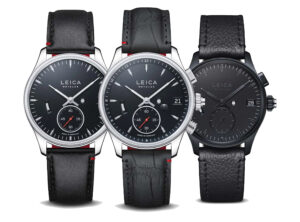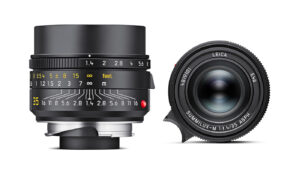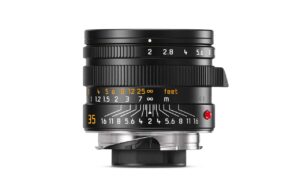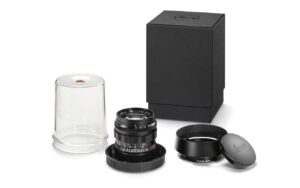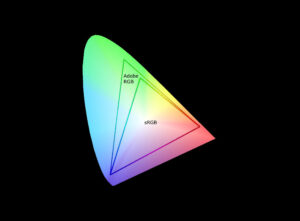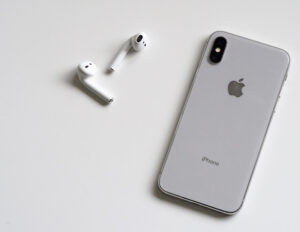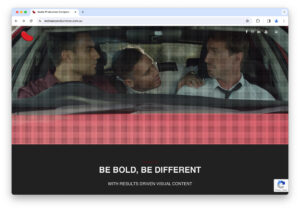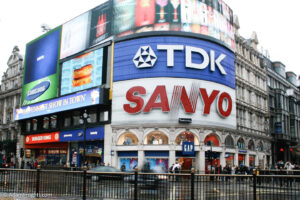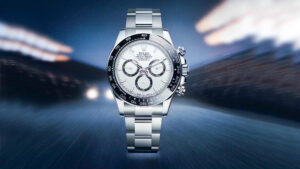It is easy to work out your marketing communications strategy when you have taken the time to review the previous steps I’ve written about. Too many wannabee marketers (and seasoned pros for that matter) jump straight into the communications section or try and develop a product and come up with something based on something else they’ve seen without thinking about their market, their target audience, the right segment of that audience, or where the work they are creating sits on the marketing and sales funnel. They do this because this is a the fun, the glamourous part of marketing. It is what people see and what people think is all marketers need to do.
It is literally like a doctor prescribing a patient drugs without taking the time to diagnose what is wrong with them. Would you trust a doctor who prescribed you with a certain drug without having run any tests to diagnose what your ailment was? It would be like walking into their office and them saying you need to get your arm put in a plaster cast when you actually went to see them because of a sore throat and runny nose. Now this is an extreme example, but why would you follow this sort of logic with your marketing? Believe me, a lot of marketers do, and I want to help you not do it.
When planning your Marketing Communications Strategy?
Ask yourself the question: What type of promotion fits with what you want to say at different stages of the marketing funnel?
Advertising is not Marketing. An Awareness Campaign is only a little bit of the entire Marketing Communications Strategy. Don’t try and blow your entire marketing budget on a series of TV Commercials to drive awareness of your product when your real issue is making sure you become the preferred choice. Everyone might know about your product because of an effective SEO strategy for example, but they’ve found nothing substantial that makes them want to choose your product above the competition.
What type of communication fits best for what you want to say? Is it a print ad? Digital? TV/Radio? Cinema?
Place your content appropriately
What drives me mad about digital only marketing. You can get a million impressions for your digital ad if you place it on in app ads. But what if your product is for professional indemnity insurance plans, and your agency gets you these million impressions by placing your ad in games designed for teenagers?
You want to be easily found
The Tropicana Orange Juice Rebranding Mistake
Rebranding can be a strong marketing tool to refresh and gain new interest in a product. Agencies and designers love it because it makes them look good.
In 2008 Tropicana orange juice hired the agency Arnell and spent a whopping $35,000,000 on a rebranding exercise that resulted in a $20,000,000 loss in sales in the first month. After that first 30 days from the fail of a rebrand, they backtracked.
How do people buy orange juice?
They look for bottles with pictures of oranges on the label. Tropicana is famous for its retro image of an orange with a straw sticking out of it. The original designer of the first Tropicana label was a genius. The graphic says Orange and Juice. The graphic couldn’t be clearer in saying this is the liquid that comes from oranges which you drink. It was easy for consumers to find their favourite orange juice.
Arnell, with its rebrand design tried to do an abstract crop image of a glass of orange juice on the carton. They dropped the Tropicana orange with the straw. They tried to go for the minimalist design, because it was the in thing, the fashion of the time without any valid reasoning behind it. The change in the Tropicana logo was too much, and he change in the iconic brand was too much that it wasn’t recognisable. Consumers felt the new design made it too similar to the generic store brand, therefore making it difficult to differentiate the brands. They literally couldn’t find their favourite orange juice.
Additionally, the old Tropicana packaging was colour coded based on amount of pulp, added vitamins, etc. Labels are to be used as a quick piece to catch the consumers eye. When the product catches the attention of the consumer quicker, it is less time they are spending looking at the competition. By allowing the consumer to read the product, they then have the opportunity to compare it to another.
Think about your target audience with everything you are doing
Easily being the preferred choice I was listening to a speaker, Philip Hesketh some years ago who at one stage ran a marketing and design agency. He had a campaign brief for a product targeted at retirees, older people. His designers created ads with text that was too small for a lot of older people to be able to read easily. Why? Because designers thought the smaller text was clear, and uncluttered and effectively used “negative space”, eg open space in the design. That’s valid, but in this case, when they thought more about their target audience, they broke this paradigm, and agreed to go for larger, bolder text that although in their portfolio may not have looked as classy and neat as they would want, but it actually was more effective in working with the target market it was intended for.































